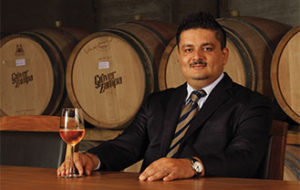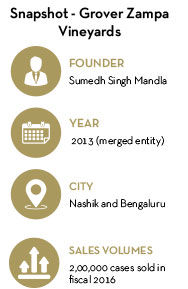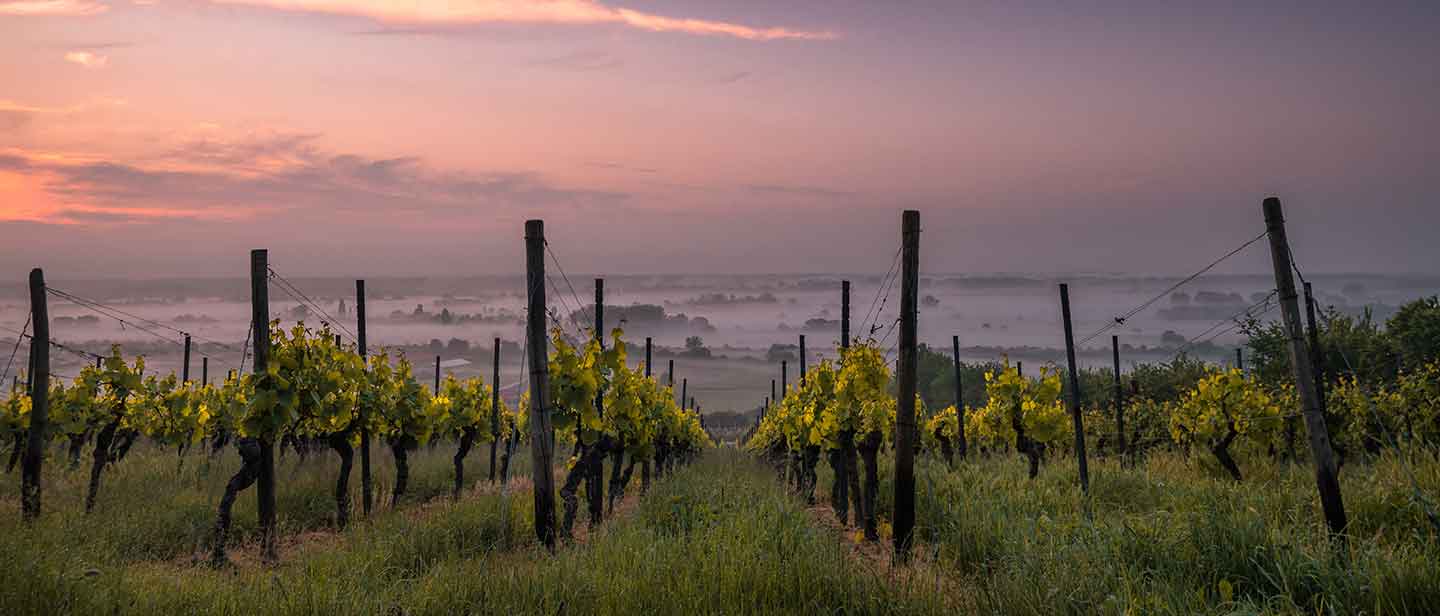In its comeback avatar, Grover Zampa has managed to capture a market share of nearly 40 per cent in the reserve wine segment. Its latest offering, Insignia, is priced at Rs. 5,000 and with this, the company aims to cultivate select patronage

A silver jubilee in business merits a celebration and when a company has been through a tumultuous journey, it makes the celebration that much more worthy. Grover Zampa Vineyards (back then it was just Grover Vineyards) released its first magnum in 1992 and since, India’s oldest winery has battled regulatory norms, loss of market share and an abortive partnership with wine importer, Brindco. In 2013, the company merged with Mumbai-based Vallee de Vin to create Grover Zampa Vineyards and mark a superb comeback as it now owns a market share of nearly 40 per cent in the Indian reserve wine segment.
Sumedh Singh Mandla, CEO, Grover Zampa, attributes the company’s recent success to its consistency and commitment to produce quality wines, even when the going was tough. “In the last three years, we have won 74 awards, nearly thrice as many won by our competition and this is recognition of the quality we offer,” he states. In the last fiscal, the company sold over 2,00,000 cases of wine and while this is much lower than the market leader, Grover Zampa has continued to persevere with its resolve on producing fine wines that can compete in the international market.
Going by Mandla’s estimate, the Indian wine market stands at about Rs. 1,000 crore, growing at an average of 15 per cent.
Of the 2,00,000 cases it sold, nearly 1,20,000 cases were reserve wines and this augurs well for the company that has recently launched its most expensive magnum, Insignia 2014, priced at Rs. 5,000. “We handcrafted a small batch of about 300 cases of Insignia and we sold out in less than two months,” says Mandla. There is the argument that selling a high-end wine in a market where the maximum consumption happens in a price bracket of Rs. 600 to Rs. 700 is unwise, but Grover Zampa is judiciously cultivating finer wines for an exclusive, discerning audience.
Increasing its sheen
Today, Grover Zampa has grown its international distribution to over 30 countries while its reach in the domestic market, where it sees nearly 85 per cent of total sales, extends to over 35 cities. “In the last three years, we have increased our distribution strength in our primary markets of Karnataka and Maharashtra and gone into new geographies and this has greatly increased consumer access to our wines,” says Mandla.
With increased access, the company has also been conscious to increase visibility through its celebrity associations (it produces a Vijay Amritraj Reserve collection) and marketing initiatives. “There was a perceived stiffness about wines as a category and to break this, we introduced the Great Grover Stomp which is a fun-filled way to get to know your wine,” he says. Each year, Grover Zampa ensures that it finds new ways to engage its consumers and this year, the content will throw the spotlight on its silver jubilee. The company relies heavily on digital, especially social media, and spends close to 10 per cent of its topline on a mix of ATL and BTL activities.
 Battling the odds
Battling the odds
Going by Mandla’s estimate, the Indian wine market stands at about Rs. 1,000 crore, growing at an average of 15 per cent. This figure could be much higher if not for the constant battle the industry faces from the spirits industry. The annual statistics are telling; for three million cases of wine sold in India, there are 320 million cases of spirits sold, including unbranded spirits. “The cost of entry is the same for wine makers and spirit makers and that is unfair,” rues Mandla. Adding to a lack of regulatory support and a ban on advertising, each state in India has its own policy and several times, Grover Zampa decides to stay in a region based on viability with regards to functioning under set policy.
In the recent times, demonetisation and at present, the ban of liquor on all state and national highways starting this April are likely to have an adverse impact on the industry. Madla is hopeful that despite this turn of events, Grover Zampa will maintain an annual growth rate of over 20 per cent.
The company is looking for newer avenues to grow and it has recently introduced a sparkling wine, Zampa Soiree Brut. In the near future, it aims to make two more additions to this segment. The company’s next vintage of Insignia is likely to be released this October and this will comprise nearly 600 cases. Mandla is optimistic about his sales outlook on Insignia and he reiterates that the quality justifies the pricing.
Grover Zampa is also intent on exploring wine tourism with the aim of establishing a hotel at its Nashik vineyard in the next two to three years. “At the moment, this vertical brings in less than 5 per cent of revenue but we are confident that by investing in the right infrastructure, we can grow this to double digits shortly,” concludes Mandla.
Insights from Grover
Premium Approach: In a wine market where maximum consumption happens in the price bracket of Rs. 600 to Rs. 700, Grover Zampa is consciously growing its reserve wine segment and cultivating a select patronage. Its latest offering, Insignia, is priced at Rs. 5,000, making it one of India’s most expensive wines.
Distribution Approach: Grover Zampa has struggled with distribution and access in the past and in the last three years, it has made significant strides by increasing its domestic reach to 35 cities in India. It also distributes to 30 countries globally.
Marketing Approach: The company looks for new ways to up consumer engagement and one of its most fun-filled initiatives in the recent times was The Great Grover Stomp. This year, it will shine the spotlight on turning 25.


